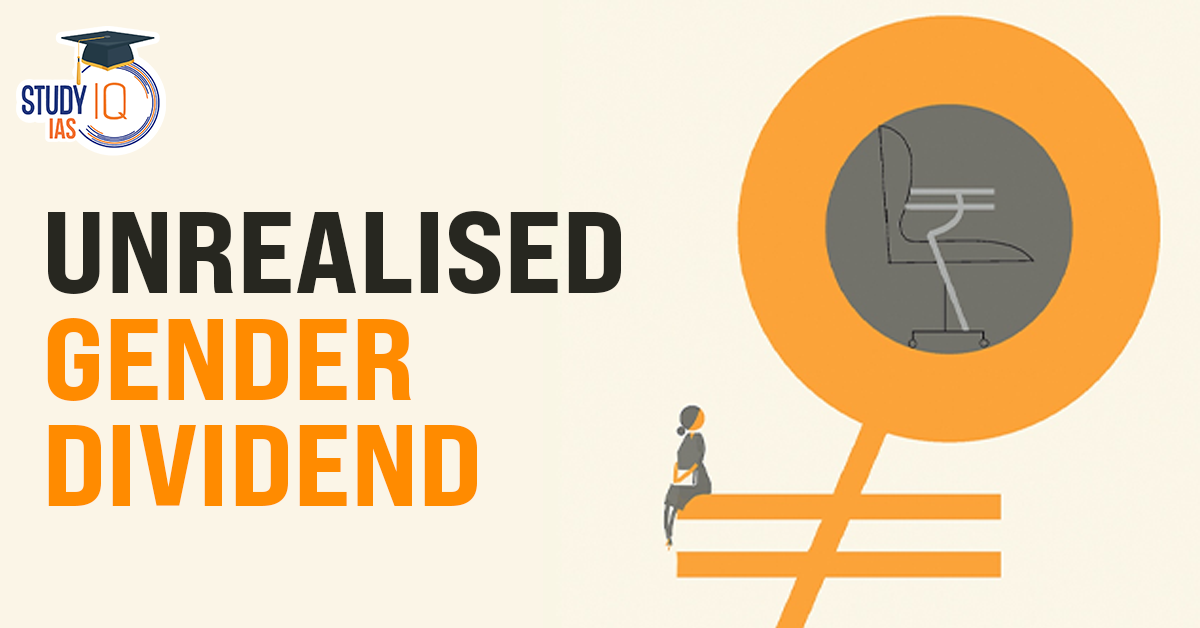Table of Contents
Context
The India Human Development Survey (IHDS), conducted by the University of Maryland and the National Council of Applied Economic Research, offers insights into changing social norms and economic participation among Indian women.
Key Findings from the IHDS Survey Waves (2011-12 and 2022-24)
- Rising Educational Attainment and Delayed Marriage
- Educational Achievement: Education levels for young women aged 20-29 have significantly increased:
- In 2011-12, 27% of women had completed Class 12, with 12% holding college degrees.
- By 2022-24, 50% had completed Class 12, and 26% had a college degree, closing the gender gap in education.
- Marriage Trends: Marriage age has been rising, with fewer young women marrying early:
- In 2011-12, 76% of women in their 20s were married, whereas in 2022-24, this figure dropped to 66%.
- Increasing Autonomy in Marriage Decisions
- Choice in Partner Selection: Young women’s input in choosing marriage partners increased from 42% in 2012 to 52% in 2022.
- Premarital Interaction: Premarital contact with future spouses has risen, reflecting changing norms:
- In 2011, 30% of young women had met their husbands before marriage, and 27% had connected via phone, WhatsApp, or email.
- By 2022, 42% met before marriage, and 54% had connected via technology.
- Changing Social Norms and Gender Preferences
- Son Preference Decline: Fewer women now believe having more sons is essential, dropping from 23% in 2012 to 12% in 2022.
- Expanding Social Engagement and Mobility
- Comfort with Travel: The proportion of women comfortable travelling short distances alone by bus or train increased from 42% to 54%.
- Self-Help Group Participation: Membership in Self-Help Groups for women in their 20s grew from 10% to 18%.
- Political Involvement: Slight increases were seen in political engagement, with 8% of women attending local governance meetings in 2022, up from 6% in 2012.
- Educational Achievement: Education levels for young women aged 20-29 have significantly increased:
Persistent Stagnation in Economic Opportunities
Despite advances in autonomy and social participation, economic opportunities for women, specifically in wage labour, have stagnated:
- Wage Labour Participation: Among women aged 20-29, participation in wage labour fell from 18% in 2012 to 14% in 2022.
- Interest in Employment: Among married, unemployed women:
- In 2011, 73% expressed willingness to work if jobs were available, rising to 80% in 2022.
- 72% of these women reported that their families would support them working if suitable jobs were available.
- MGNREGA Impact: Programs like MGNREGA, which offers equal pay for men and women, saw a high uptake by women, surpassing male participation due to job accessibility and fair wages.
Empowerment Metrics: Improvements and Gaps
According to the IHDS, Indian women have experienced progress in three of four empowerment domains:
- Personal Efficacy: Increased educational attainment and delayed marriage reflect higher individual agency.
- Intra-Household Power: Rising input in marriage choices and reduced son preference indicate improved decision-making power.
- Societal Engagement: Higher mobility and political participation mark expanding societal involvement.
However, access to income-generating activities remains limited, underlining the need for policies that enable women to participate fully in the economic landscape.


 World Summit on Disaster Management (WSD...
World Summit on Disaster Management (WSD...
 Domestic Systemically Important Banks (D...
Domestic Systemically Important Banks (D...
 The Missing Link in India’s Critical M...
The Missing Link in India’s Critical M...

























